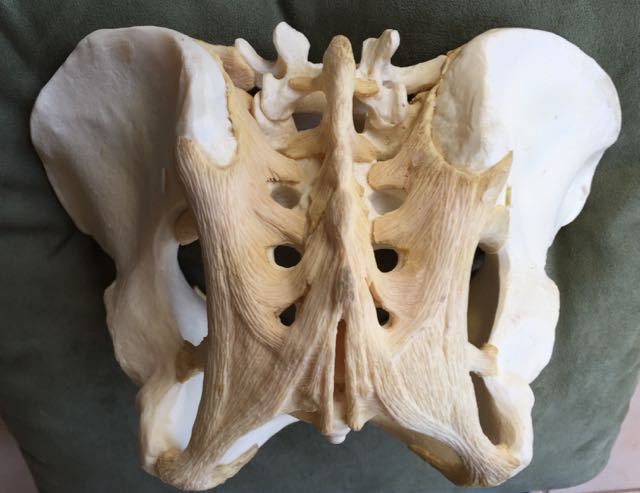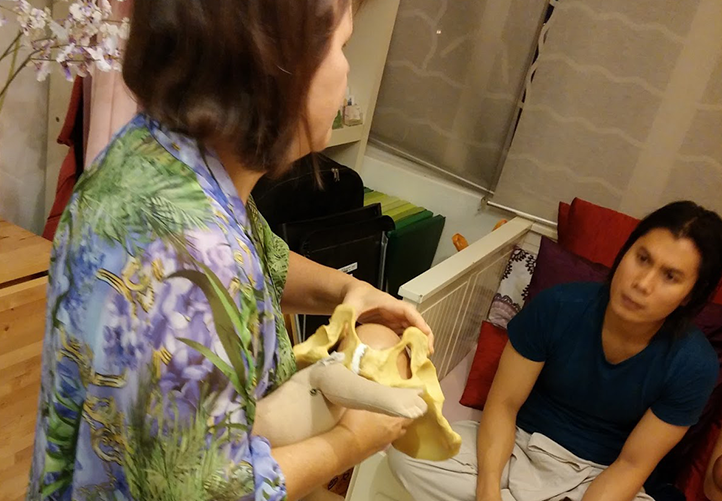Assessing Progress; The Art of Knowing When to Do Something for a Birthing Woman
Assessment is a necessary and primary skill of baby catchers and health care workers. Benefits of assessment are that we establish if a motherbaby pair in our care is currently normal, showing all expressions of health or has one or more signs of disease, disfunction, or distress. The role of assessment when a motherbaby is […]
Sacrotuberous Ligament Release

The Sacrotuberous ligament is living tissue that functions to support the pelvis. When flexible the ligament makes way during the fetal ejection reflex when the sacrum shifts outwards making the path of the fetus more roomy for childbirth. Looking at the back we see the diagonal ligament connect the lower sacrum down to the sitz […]
The Sacrotuberous Ligament: The Key to Unlocking a Long and Difficult Labor

Our Guest Blog Story comes to us from the mother, Jes, who experienced this birth. “Is Dr. Martin on call?” One hundred and ten hours into labor, my confidence was waning. “No, Dr. Martin won’t be in until Tuesday.” It was Thursday. I’d been in labor since the previous Saturday, and for all of that […]
